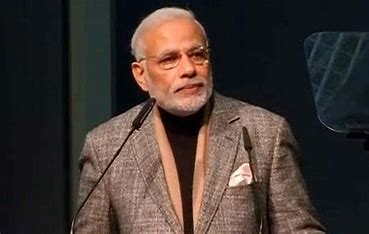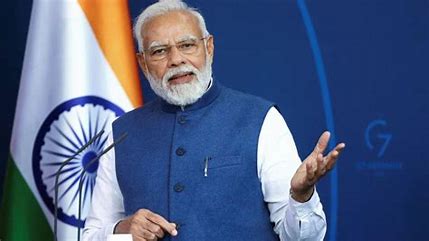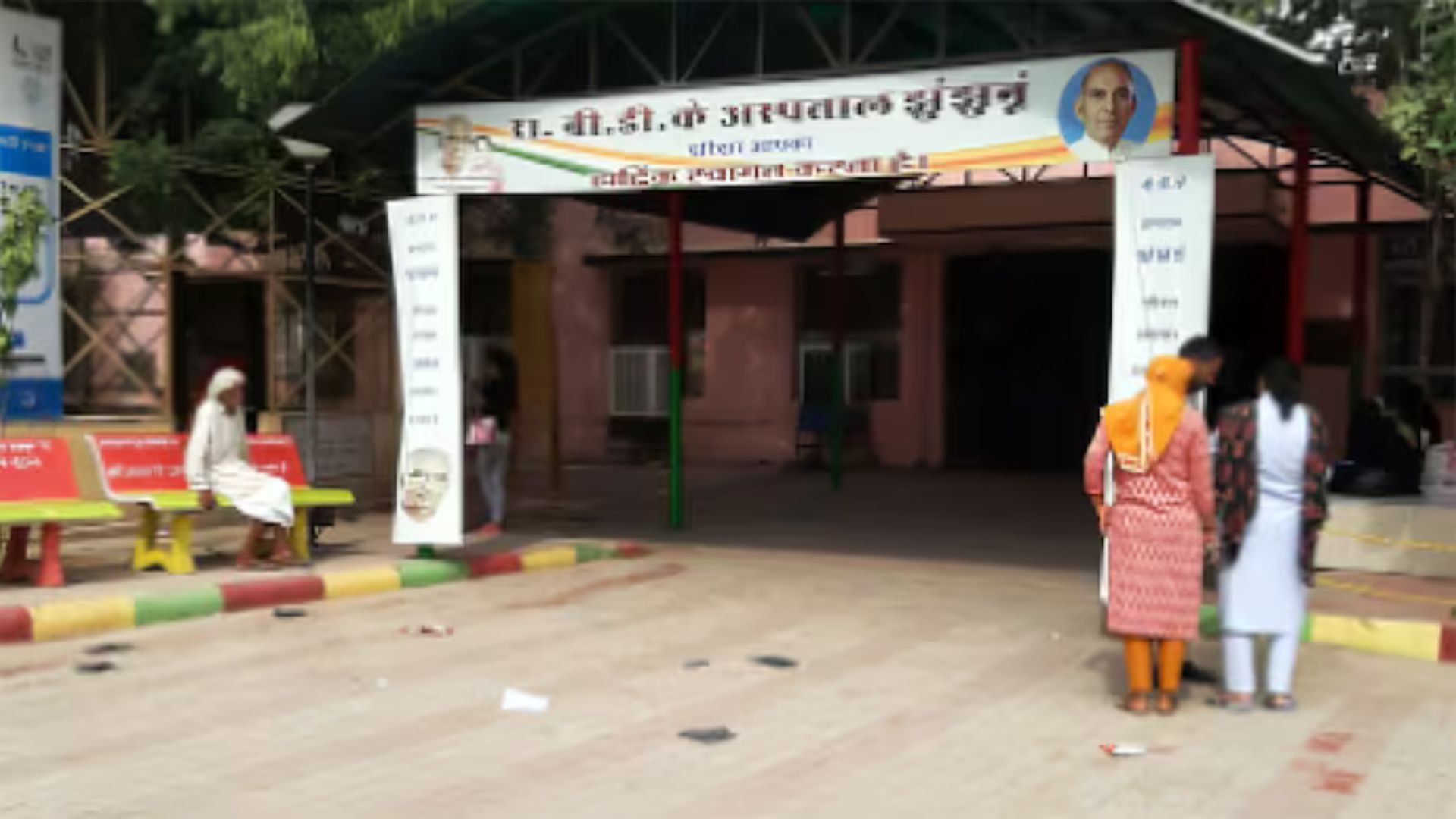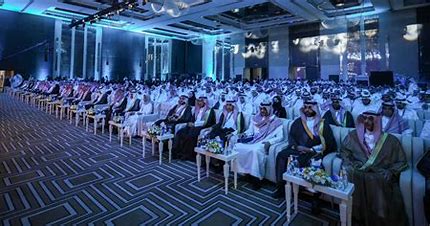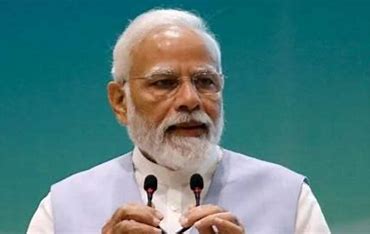
Marital rape is not considered a crime under the Indian Penal Code of 1860, and there are various reasons for this, as documented in various Law Commission reports, parliamentary debates, and court decisions. The justifications for this range from upholding the sanctity of marriage to the existence of other legal remedies
Introduction
Exception 2 to Section 375 of the Indian Penal Code excludes non-consensual sexual activity between a husband and his wife who is above the age of fifteen from being considered “assault” and thus shields such acts from prosecution. Currently, the law expects a wife to provide continuous consent to sexual intercourse after entering into marital relations. While many countries worldwide consider non-consensual sexual contact between spouses as a criminal offense, India is one of the 36 nations that still does not criminalize marital rape. The Supreme Court of India and various High Courts are currently inundated with writ petitions challenging the legality of this exception This exception relies on the notion of presumed spousal consent within marriage. According to the concept attributed to Hale, a woman’s identity is essentially subsumed into that of her husband, considering them as one entity. it is argued that a man cannot commit rape against himself, and therefore, a wife’s “NO” is considered inconsequential, with her consent implied within the institution of marriage. Even in cases of voidable marriages, it is possible for a man to engage in non-consensual sexual acts with his wife and claim legal immunity until the marriage is officially annulled by a court.
Role of ‘Consent’ in Demystifying marital rape
The issue of marital rape has a historical precedent in the Indian context, and any comprehensive discussion on this matter must include the Phulmani case in Bengal. Back in 1889, a 35-year-old man sexually assaulted his 11-year-old wife, resulting in her death. In response, the British colonial government introduced the second Age of Consent law, which raised the age of consent from 10 to 12. This action sparked significant controversy and received criticism from prominent figures like Bal Gangadhar Tilak, who believed that the British were unjustifiably meddling in Hindu customs and religion.
The National Family Health Survey of 2005-06 revealed that, out of the 80,000 women surveyed, approximately 92% reported experiencing sexual abuse from their current or former husbands. In the subsequent National Family Health Survey conducted in 2015-16, there was no apparent improvement, with data indicating that 99.1% of sexual assault cases remained unreported. A glance at the statistics from the National Crime Records Bureau would indicate that less than 1% of these incidents were formally reported.
The Justice Verma Committee, established in response to the December 2012 Delhi gang rape and murder case, aimed to enhance sexual assault legislation and emphasized that the victim-offender relationship should be irrelevant, with the primary focus being on consent. In 2015, Rajya Sabha member Kanimozhii inquired whether the government intended to eliminate the exception for married men under Section 375 of the Indian Penal Code. Haribhai Parathibhai Chaudhary, the minister of state for home affairs, responded that the government had no such intentions, emphasizing the value of the sacred institution of marriage and citing factors like poverty, illiteracy, and societal norms as reasons for retaining the exception.
A panel assigned to review the Verma Committee’s recommendations argued that criminalizing marital rape could place undue stress on families and potentially harm the institution of marriage.. Human rights advocate Vrinda Grover countered these concerns by stating that difficulties in proving the occurrence of the offense or the risk of misuse should not deter victims from seeking legal redress.
To criminalize marital rape, amendments to the Hindu Marriage Act are required. Within Hindu beliefs, withholding sexual intercourse goes against the principles of an exemplary Hindu wife. It has been observed that refusing sexual relations is a common cause for divorce. In a notable decision, the Karnataka High Court ruled that denying sex is a breach of certain provisions of the Hindu Marriage Act and therefore constitutes legitimate grounds for divorce. When the influence of patriarchal norms is so pervasive within our value system, it becomes exceptionally challenging for women to advocate for their rights, including fundamental ones such as bodily autonomy.
In his work “History of Pleas of the Crown,” Justice Hale in 1736 articulated the principle that a husband could not be convicted of raping his lawful wife. His rationale was rooted in the idea that once a couple was legally married with mutual consent, it was presumed that the wife had consented to sexual intercourse with her husband for the duration of the marriage. The courts viewed marriage as a contract that imposed an obligation on wives to engage in sexual relations, an obligation they were not permitted to terminate. While the law ostensibly distributed the “obligation” of sex equally, it was evident that this worked to the advantage of men.
Both victims of marital rape and battered women share commonalities. In both situations, women are conditioned to be submissive, discouraged from complaining or expressing their issues. Beliefs such as victims “deserved it” or “needed to be beaten” and intergenerational teachings that “husbands are entitled to discipline their wives” contribute to why victims of both types often choose to remain in their marital homes despite enduring such horrors. There is also a pervasive misconception that family members cannot commit rape against women.
Marriage is a societal institution that has developed to regulate human sexual conduct, specifically to curtail unrestricted polygamy and polyandry. It implies the notion of granting exclusive sexual access to one’s spouse. The concept was built on the idea of conjugal happiness for both partners, with mutual pleasure in mind. When one party expresses disapproval, the other should respect it. It’s unreasonable to expect someone to endure excessive demands, unilateral preferences, or fantasies that the other spouse finds disagreeable.
Depriving women of the ability to refuse implies a form of paternalism, in which certain groups’ opinions and decisions are disregarded. This concept is applied to children, individuals with mental illness, and animals, who are considered to lack the capacity to make reasoned choices about what is beneficial or harmful for them. Consequently, the law has restricted their autonomy. Additionally, concerns about the potential misuse of “assault” allegations by disgruntled wives to exert control, manipulate, or punish their spouses have acted as a deterrent against criminalizing marital rape.
The private nature of this crime, often occurring without witnesses in the room, would essentially turn it into a battle of “her word” against “his.” This complexity, coupled with gender-specific sexual assault laws and existing evidentiary rules like presumptions of the absence of consent and an exclusive reliance on the rape victim’s testimony, even in the absence of corroborating evidence, presents a formidable challenge with a significant potential for abuse.
Rape should be treated as rape, regardless of whether it occurs within or outside of marriage, and it must be subject to appropriate penalties. At the same time, it is crucial for our lawmakers to establish clear distinctions in the types of rape offenses, differentiating cases where lack of consent results from passive submission from those involving physical violence, coercion, or brutality. Punishments should be tailored to fit the specific circumstances of each case, recognizing that a one-size-fits-all approach is inadequate.
To ensure that wrongdoers are appropriately penalized while safeguarding the rights of the innocent, it is imperative that we redefine the concept of marital rape and reevaluate the corresponding legal frameworks for prosecution and sentencing.
Seeing form different eye : A horizontal approach to constitutional safeguards offers insights.
Scholars such as Van der Walt, Jean Thomas, and Gautam Bhatia have suggested that the institutions and structures entrenched in our society give rise to a set of norms, customs, and patterns of behavior. The law should scrutinize practices that allegedly violate rights between two parties within the context of these background institutions and the individuals’ relative positions. Hierarchies of dominance and subordination, established and perpetuated by these institutions, are long-lasting and present significant challenges to overcome. Consequently, the law should consider the alleged violations of rights between two parties within the framework of the background institutions and the individuals’ relative positions within these institutions, such as patriarchy, caste, or class.
When a power imbalance between parties enables one to infringe upon the constitutional rights of the other, and this imbalance arises from their relative positions within the existing institution, the constitutional rights should be enforceable horizontally.
The interpretation of Article 17 could be expanded to cover other situations where “extreme social exclusion has been practiced.” Chandrachud referred to the debates of the Constituent Assembly concerning the ‘untouchability’ clause (Article 17). He argued that the framers of the Constitution refrained from further defining the concept of ‘untouchability’ for two reasons.
First, Article 17 aimed to combat “social norms that subjected individuals to stigmatized hierarchies.” Second, building on the first point, the scope of Article 17 could be broadened to encompass other situations where “extreme social exclusion based on notions of purity and pollution has been practiced and legitimized.” Thus, Chandrachud employed a similar rationale, analogous to the discrimination against menstruating women based on their sex by patriarchy, to uphold their constitutional right to participate in “significant social activities.”
Conclusion :
Women have been engaged in a prolonged struggle, advocating for the end of discrimination and the establishment of gender equality, aiming to be acknowledged as equal members of society. Various individuals from all walks of life have contributed to feminist movements, and substantial progress has undoubtedly been achieved. However, there is a need for a mandatory legal reform to take another step towards a society where all individuals are treated equitably. Failing to criminalize marital rape perpetuates inequality and, as such, is in violation of the law. In the pursuit of equality, the law should amend Section 375 to acknowledge that a marital or any other relationship is not a valid defense against rape. Additionally, there should be a distinct section that criminalizes the act of marital rape, so that victims do not have to rely on the Protection of Women from Domestic Violence Act (PWDVA) as a recourseMarital rape is a unique form of sexual assault, particularly for women who are above the age of fifteen, while the legal age for women to marry is eighteen. There are no valid justifications that justify the exception clause within Section 375, and there are no valid reasons for considering marital rape as less serious. Therefore, amending these laws will likely raise awareness and, in turn, bring about a much-needed shift in perspective.

